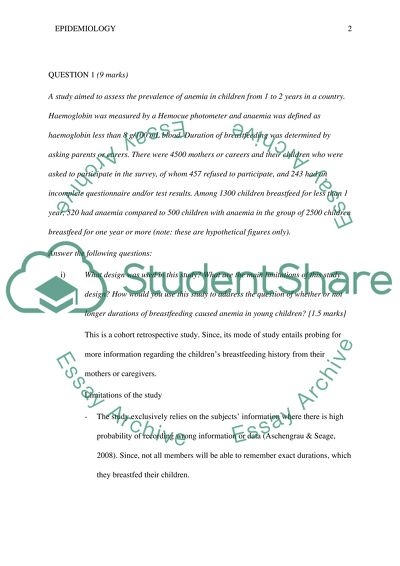Cite this document
(“EPIDEMIOLOGY Assignment Example | Topics and Well Written Essays - 750 words”, n.d.)
Retrieved from https://studentshare.org/health-sciences-medicine/1459529-epidemiology
Retrieved from https://studentshare.org/health-sciences-medicine/1459529-epidemiology
(EPIDEMIOLOGY Assignment Example | Topics and Well Written Essays - 750 Words)
https://studentshare.org/health-sciences-medicine/1459529-epidemiology.
https://studentshare.org/health-sciences-medicine/1459529-epidemiology.
“EPIDEMIOLOGY Assignment Example | Topics and Well Written Essays - 750 Words”, n.d. https://studentshare.org/health-sciences-medicine/1459529-epidemiology.


